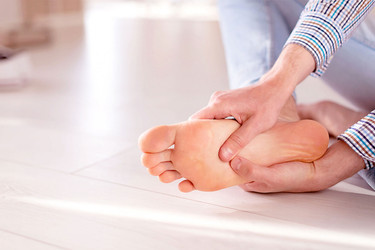Orthotics - The Solution for Metatarsalgia
Dec 15, 2023
Orthotics Are The Solution for Metatarsalgia
Background: The metatarsal bones are five long bones in the foot. Many people have a common disorder called metatarsalgia that affects the metatarsal bones and joints of the ball of the foot, just before the toes and most prevalent under 2nd, 3rd and 4th metatarsal heads (similar to the knuckles of your hands). It is often described as a throbbing pain.
Causes: Commonly described as “pain in the ball of foot” metatarsalgia is also known as central metatarsalgia, or chronic metatarsal strain. There are many varied conditions that can cause pain in this area of the foot, such as calluses, arthritis, repeated stress, micro trauma, prolonged standing on hard surfaces, certain footwear like rigid soled work boots, fashionable shoes with high heels and pointed toes for example and fat pad loss.
Treatment: To treat metatarsalgia you can use orthotic devices such as metatarsal pads which can be affixed to an insert or orthotic to lift and spread the shafts of the second, third and fourth metatarsals. This pad can also be integrated into the orthotic, as it is with the Pedors Shoes. This ensures that the met pad is positioned with precision.
Met Pad Vs Gel Inserts: When using a metatarsal pad it's important to get the placement of the pad correct, the idea being to relieve pressure from the affected area and not to add to it by trying to cushion the affected area, which would add pressure.
The met pad of the Pedors Shoes Orthotic inserts sits slightly behind the metatarsal heads which relieves pressure and therefore pain. Meanwhile, gel inserts seek to cushion this area, which may offer some relief for a short period of time, but can mask the underlying problem and may make the issue worse over time.

